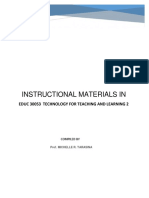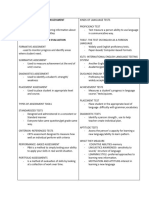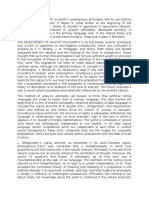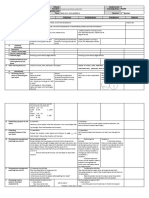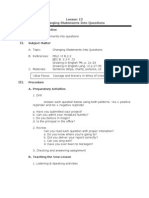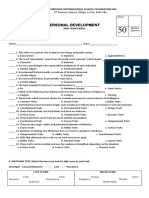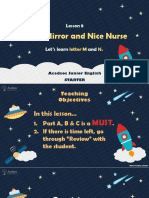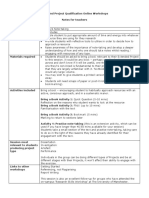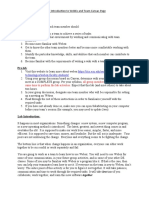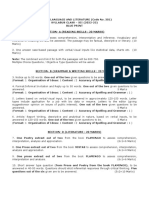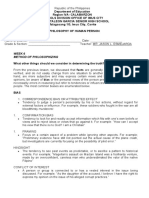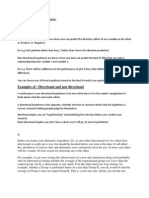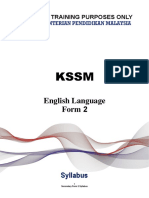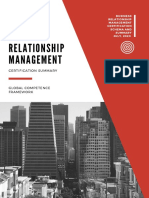0% found this document useful (0 votes)
20 views37 pagesProducing Learning Resources Using Technology Tools
The document outlines the objectives and importance of using instructional materials (IMs) and technology tools in language teaching, emphasizing their role in enhancing student engagement and learning outcomes. It details various computer-based instructional tools and materials, such as charts, posters, flashcards, and newsletters, along with their characteristics and effective use in the classroom. Additionally, it discusses the principles of Universal Design for Learning (UDL) to ensure accessibility and inclusivity in language education.
Uploaded by
Ivan RadoCopyright
© © All Rights Reserved
We take content rights seriously. If you suspect this is your content, claim it here.
Available Formats
Download as PDF, TXT or read online on Scribd
0% found this document useful (0 votes)
20 views37 pagesProducing Learning Resources Using Technology Tools
The document outlines the objectives and importance of using instructional materials (IMs) and technology tools in language teaching, emphasizing their role in enhancing student engagement and learning outcomes. It details various computer-based instructional tools and materials, such as charts, posters, flashcards, and newsletters, along with their characteristics and effective use in the classroom. Additionally, it discusses the principles of Universal Design for Learning (UDL) to ensure accessibility and inclusivity in language education.
Uploaded by
Ivan RadoCopyright
© © All Rights Reserved
We take content rights seriously. If you suspect this is your content, claim it here.
Available Formats
Download as PDF, TXT or read online on Scribd
/ 37





















































